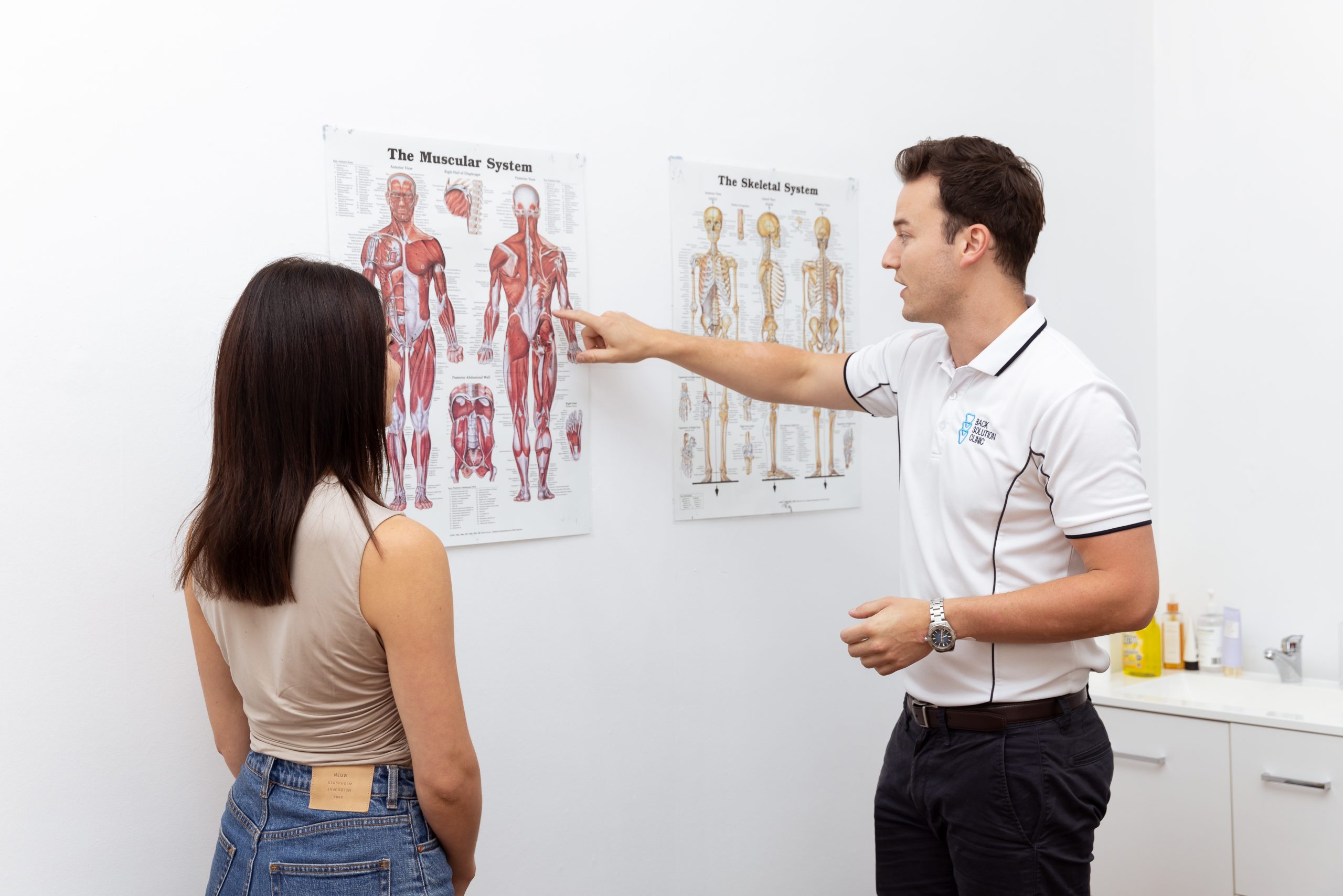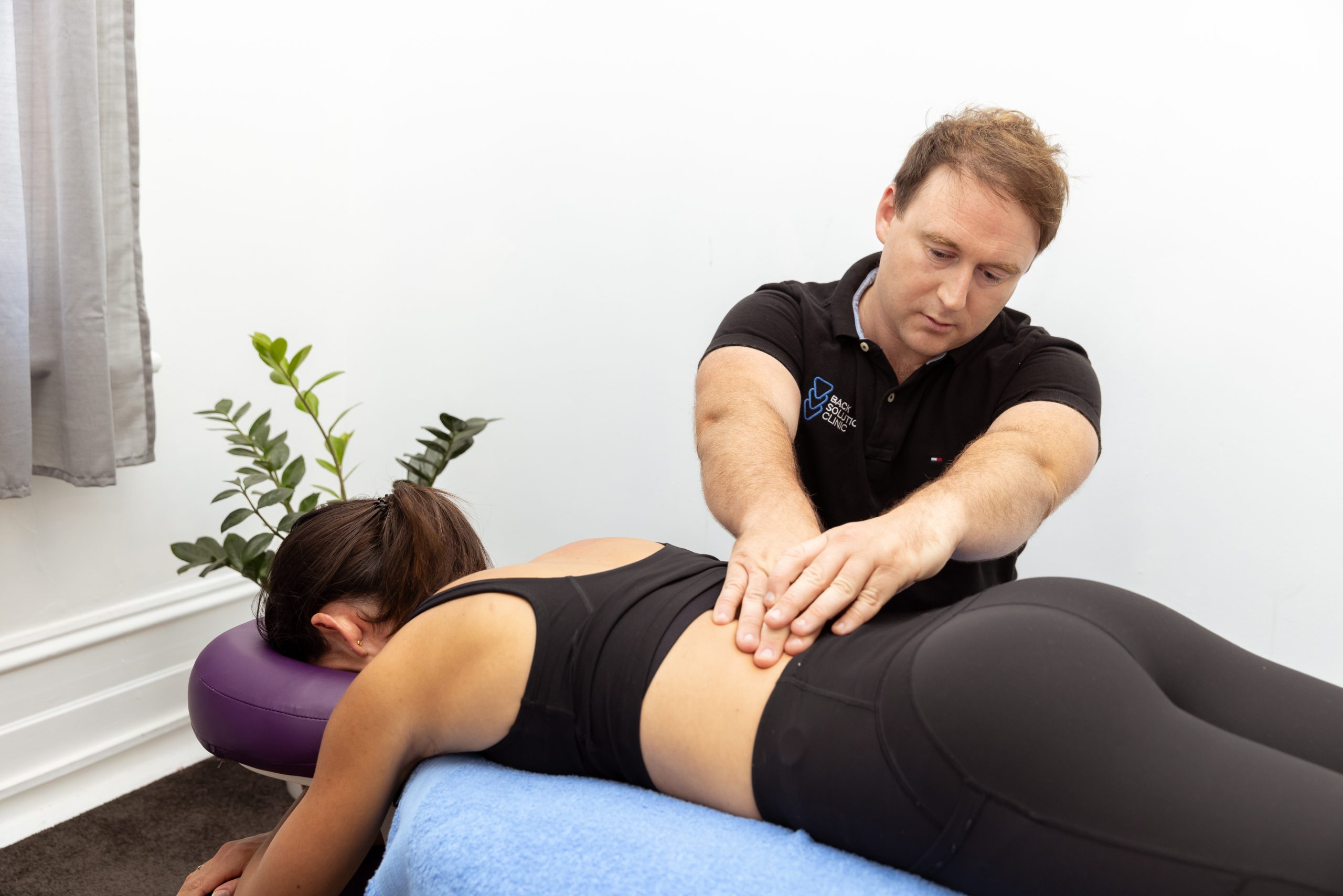Lower Back Pain Symptoms, Diagnosis, and Treatment
The vast majority of doctors and practitioners alike focus on purely the symptoms of lower back pain. They base both their diagnosis and treatment plan purely on what the symptoms are telling them whilst completely overlooking the underlying cause.
This is the main reason why the majority of people who present to their doctor or practitioner with acute back pain, do not respond to treatment and medication and end up going on to be chronic back pain sufferers (defined as having back pain for greater than 3 months).
This is also the main reason why up to 40% of back pain patients who go undergo back surgery recover from surgery feeling no better if not worse than before they went under the knife.
In order to address both the symptoms and the cause of back pain, providing initial pain relief then lasting relief it is important that we look at what needs to be covered in both the diagnosis and the treatment plan.
The symptoms of lower back pain that result in direct pain:
- Pain derived from compromised, restricted joints such as SIJ (sacroiliac joint) and facet joints.
- Pain derived from compromised, tight muscles of the lower back such as; the intrinsic muscles that support and stabilise the spine and the quadratus lumborum muscles
- Pain derived from nerve impingement. Either through direct contact by a herniated disc, or from inflammatory pressure.
- Pain derived from inflammation present in and around the structures of the lower back
- Pain derived from solidified connective tissue (fascia) that is either present to protect the back or has been built up over a period of time.
The symptoms of lower back pain that may or may not result in direct pain:
- Intervertebral disc issues; such as herniations (bulge) and ruptures.
- Degenerative changes to the vertebral structures (wear and tear)
- Foraminal stenosis (narrowing of bone pathways.)
It is important to diagnose which of the above symptoms is causing back pain, however it is imperative that a more holistic view is taken in the diagnosis of what caused the symptoms in the first place.
Typical underlying causes that bring on lower back symptoms.
- Postural weaknesses that place excessive load on the structures of the lower back
- Postural alignment issues that create an excessive lordotic curve to the lumbar spine which comprises the way the muscles, joints and intervertebral discs function.
- Protective, compensatory patterns that tighten and fatigue the lower back muscles.
Therefore the lower back pain diagnosis must cover
- The exact symptoms of the lower back producing pain and restricting function.
- The exact cause of what has brought on the symptoms
In turn the treatment plan must address both the cause and the symptoms of back pain.
- Treatment techniques need to be engaged to reduce pain, inflammation and restricted movement.
- The rehabilitation plan must look to lengthen the tight and shortened muscles creating excess tension on the lower back
- The rehabilitation plan must focus on strengthening the weak and lengthen postural muscles integral to supporting the lower back and pelvis.
By focusing in on both the symptoms and cause of lower back pain, can eliminate repetitive lower back flare ups and give back pain sufferers the confidence to carry out daily actions without the fear of putting their lower back out.


